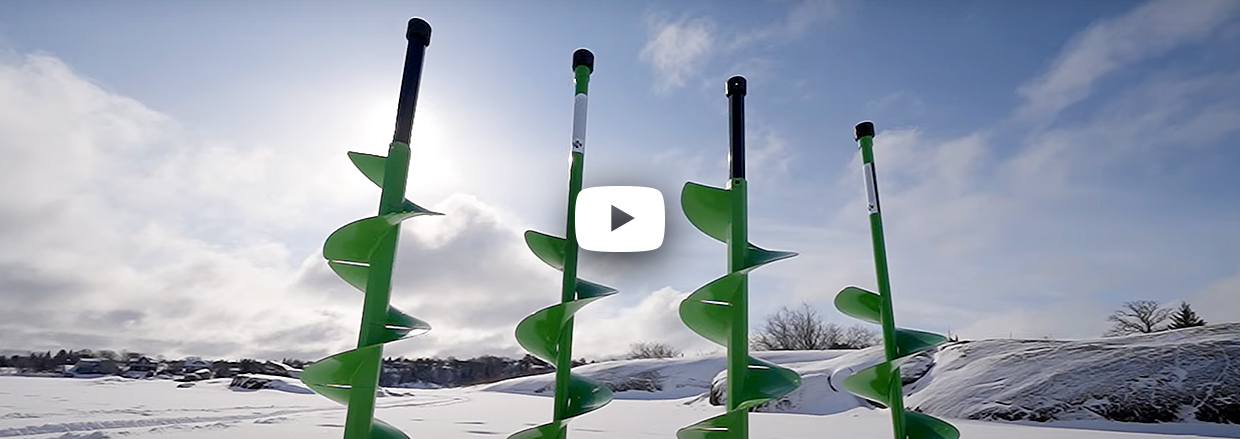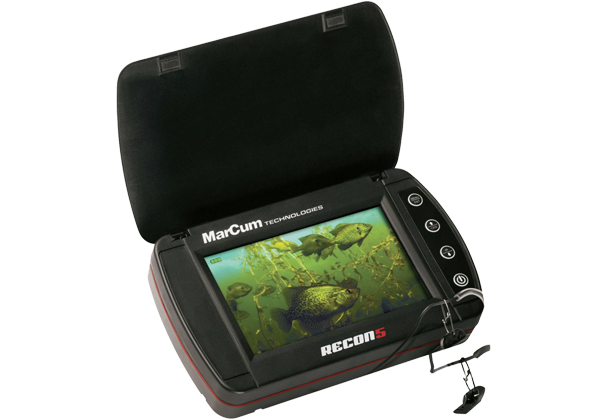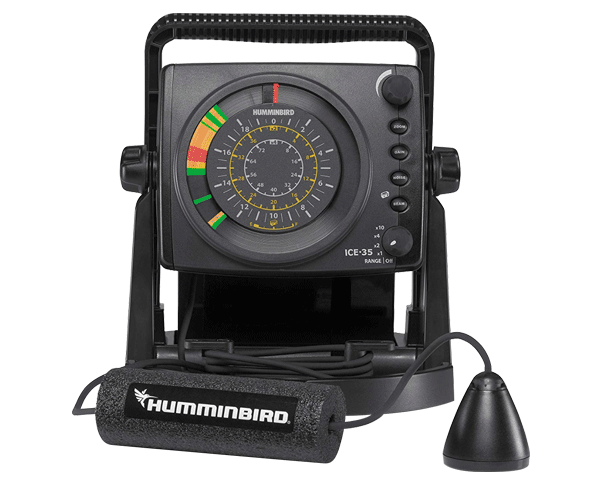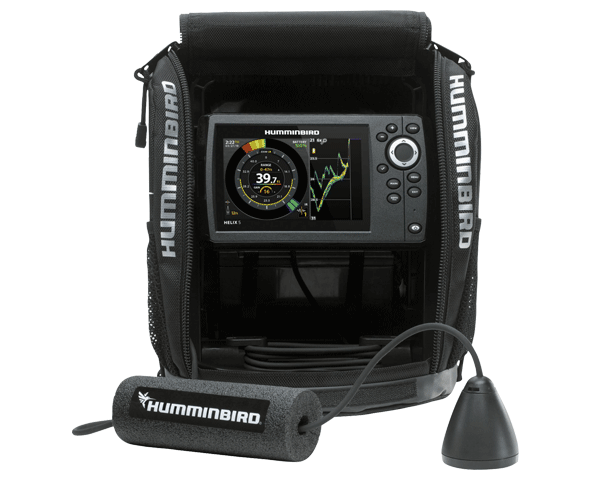
Augers & Electronics
When it comes to enjoying your time out on the ice, having the right gear makes all the difference.
With so many options and varieties available, it can be tricky to know where to start. We at Bass Pro Shops and Cabela’s have broken down the key facts on all the essentials, so you can navigate the tools of the trade like a pro and fish like one too!
How to Pick the Right Ice Auger
While choosing an ice auger, consider the weight, power, ice thickness, number of ice holes, the size of the target fish you intend to catch, and the budget.
Here’s a breakdown of the specs, ice drilling, maintenance of ice augers and safety.

Convertible
A high-performance hand auger can easily convert into an electric powered auger with a cordless drill. The attached flare prevents accidental loss down the hole.
Pros
Lightweight unit making it easy to pack and scout on ice, easy storage, and delivers high-performance
Cons
Limited to power of cordless drill – not ideal for thick ice
Unit Weight
Light
Cost
$$
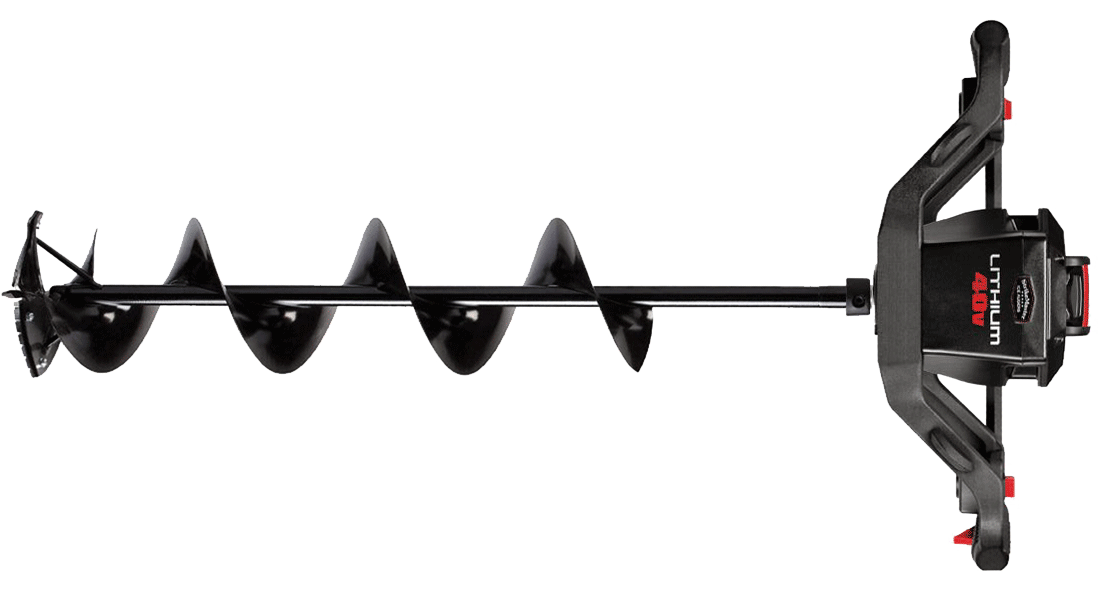
Electric
If you spend a lot of time on ice that's two-foot plus thick, a gas auger is definitely a great fit.
Pros
No fumes, quiet and no mess
Cons
Power depends on level of charge, requires battery
Unit Weight
Light–Average
Cost
$$
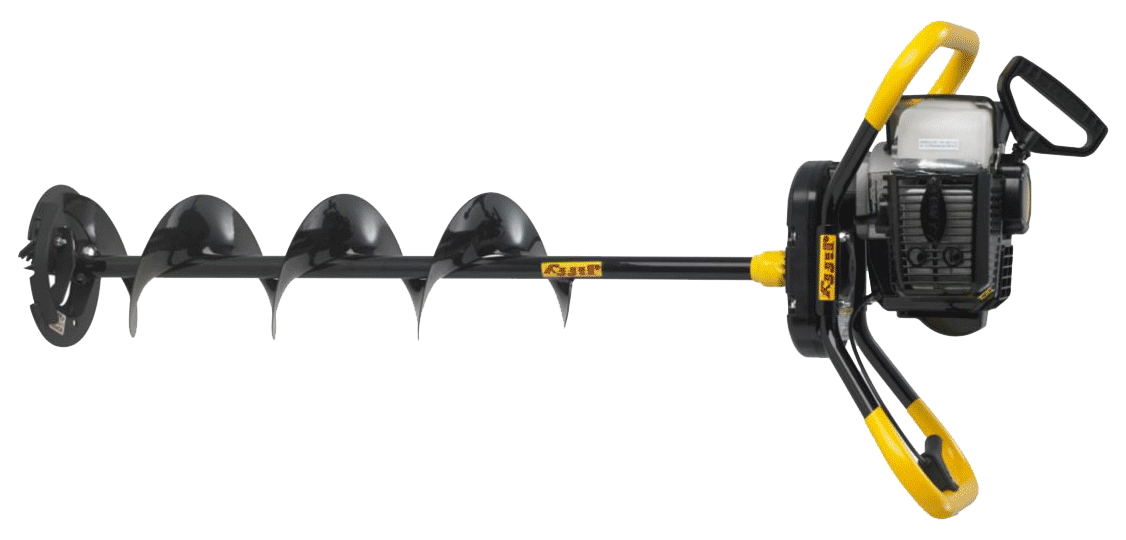
Gas
While being lighter and an environmentally friendly choice, it provides the power of a four-stroke model.
Pros
Easy to drill regardless of the ice depth or circumference, durable and efficient
Cons
Possible smell, two-stroke motors require gas mixing
Unit Weight
Average–Heavy
Cost
$$$

Manual
Although it mainly uses your own body strength to get the job done, the latest manual augers have new ergonomic blade designs that makes it less strenuous.
Pros
Clean and quiet
Cons
Requires manual strength, very difficult to drill through thick ice
Unit Weight
Lightest
Cost
$
Guide to Ice Drilling, Maintenance, and Safety

Back in the day, ice anglers used iron bars, axes, or ice chisels to pick ice until they broke through. Times change, and with an auger, you can drill an ice hole in minutes or even seconds. Know all about ice drilling, auger blade maintenance and safety.
Ice Fishing Electronics
Underwater Cameras
An underwater camera is a great asset to use in icy water conditions. It helps you identify structure, weeds, check bottom conditions, and monitor fish and bait, providing a better ice fishing experience.
Below are a few crucial factors to consider while investing in an underwater camera for ice fishing.
Flashers
Flashers are the most popular tools for ice fishing. They provide real-time information through a circular display. Fish and lures appear between the top of the screen and the strong return of the bottom. If you see fish but can't catch them, change your bait or presentation. If you don't see any fish, move to a different location. Flashers are perfect for ice fishing due to their quick response, accuracy, and excellent target separation.
Sonar
Sonars are portable electronic units with LCD screens that use sound frequencies to determine water depth, bottom composition, and fish in different columns of water. They notify you when there is a movement in the area. Compared to flashers, sonars can provide information about what's going on below the ice. Most sonar units designed for ice fishing will have a flasher mode to show a real-time view while providing historical data of previous movements. You can use a sonar unit all year round with the proper accessories.
